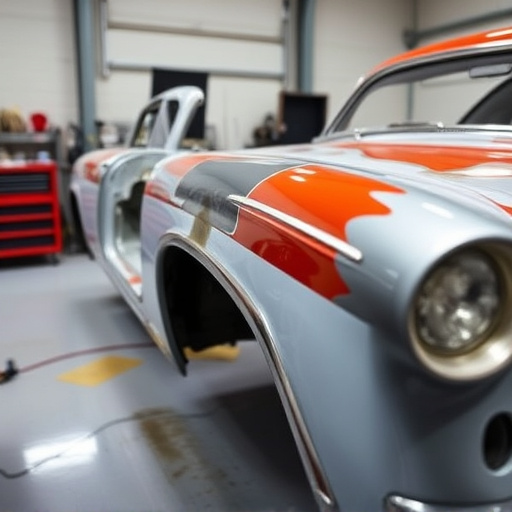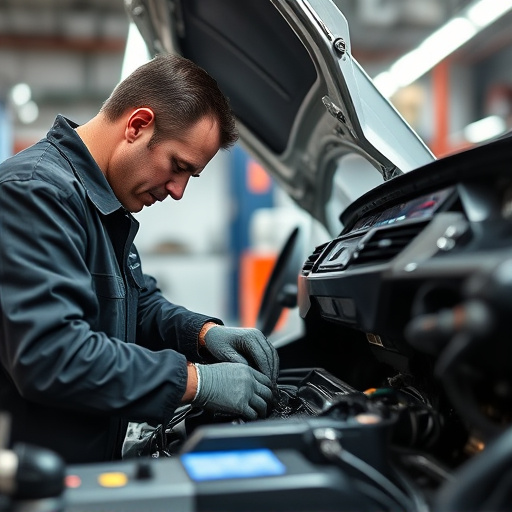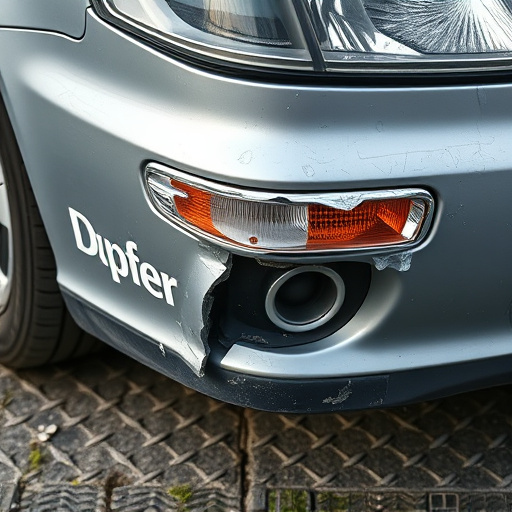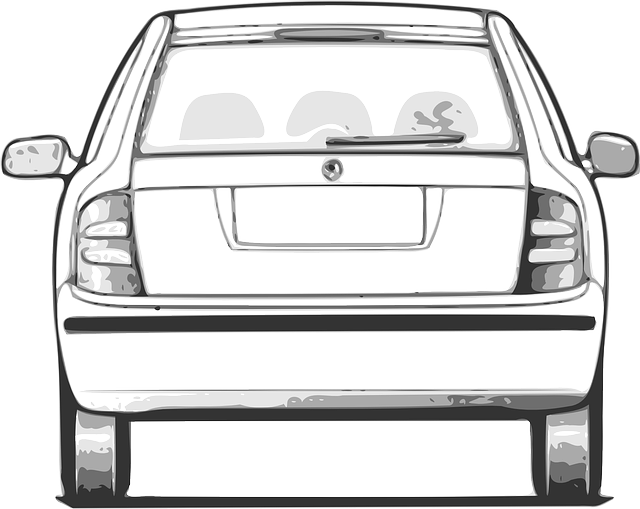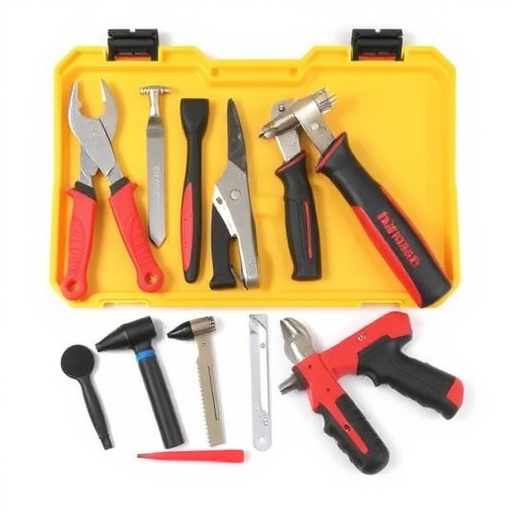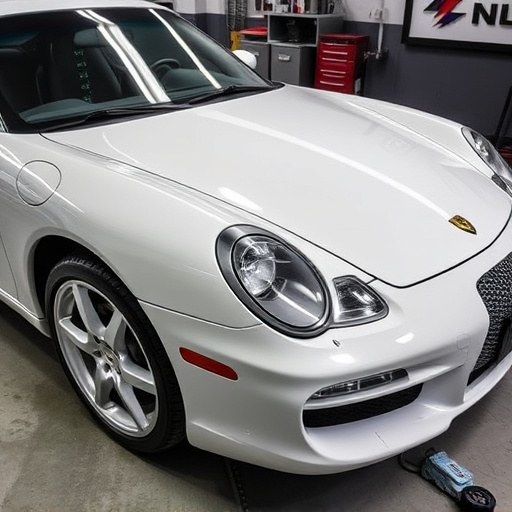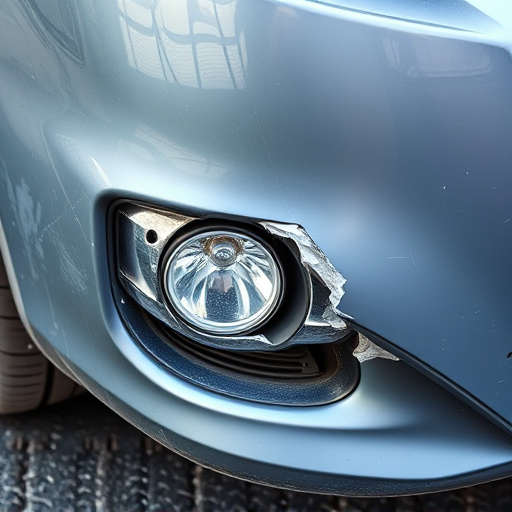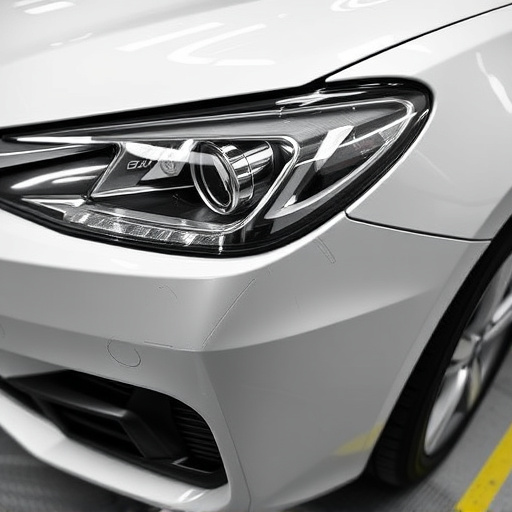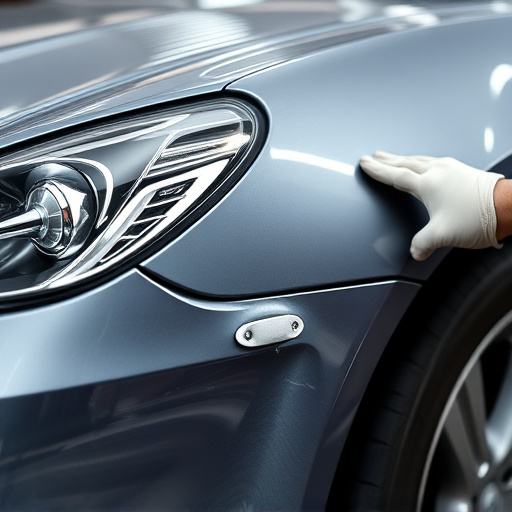After a steering repair accident, thoroughly inspect all components for wear, corrosion, or misalignment, focusing on high-end vehicles like Mercedes Benz. Regularly lubricate moving parts to ensure optimal performance and longevity. Monitor components for wear and tear post-repair, addressing issues promptly to maintain safety and vehicle health. Visit trusted collision repair shops for periodic assessments including alignment and suspension checks.
Post-accident steering repair requires more than just fixing visible damages. To ensure safe and smooth driving, preventive maintenance is crucial. This article provides essential tips for maintaining your vehicle’s steering system post-repair. Start with a thorough assessment of all steering components to identify potential vulnerabilities. Regular lubrication keeps parts operating seamlessly, preventing future wear and tear. By monitoring these aspects, you can prevent costly repairs down the line, enhancing safety on every journey.
- Assess and Inspect Steering Components Post-Repair
- Regular Lubrication for Smooth Operation
- Monitor for Wear and Tear to Prevent Future Damages
Assess and Inspect Steering Components Post-Repair

Post a steering repair accident, it’s crucial to thoroughly assess and inspect all related components. This involves carefully examining both the damaged parts and those that have been repaired or replaced during the process. Look for any signs of wear, corrosion, or misalignment that could indicate potential issues. Remember, a meticulous inspection is key to ensuring safe and reliable vehicle performance moving forward.
In the case of high-end cars like Mercedes Benz, proper upkeep becomes even more critical. Car bodywork repairs, especially those involving the steering system, demand precision and adherence to manufacturer standards. Auto body repair specialists should not only fix the visible damage but also address any underlying structural issues that could impact the vehicle’s handling and safety features, ensuring a seamless and secure driving experience.
Regular Lubrication for Smooth Operation
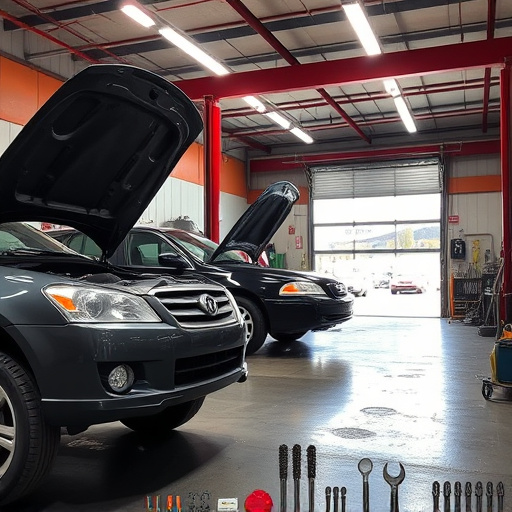
After a steering repair due to an accident, regular lubrication is essential for smooth vehicle operation. All moving parts in the steering system require lubrication to reduce friction and wear, ensuring your car steers accurately and effortlessly. This includes the power steering pump, rack and pinion gears, and any other components affected during the steering repair accident.
A well-lubricated steering system not only improves driving comfort but also extends the lifespan of your automotive body work. Regular checks and top-ups of lubricants like motor oil and steering fluid can prevent costly collision repair center visits down the line due to worn-out parts, which are often a direct result of inadequate lubrication. Remember, even small amounts of neglect in auto glass repair and general maintenance can have significant implications for your vehicle’s overall performance and safety.
Monitor for Wear and Tear to Prevent Future Damages
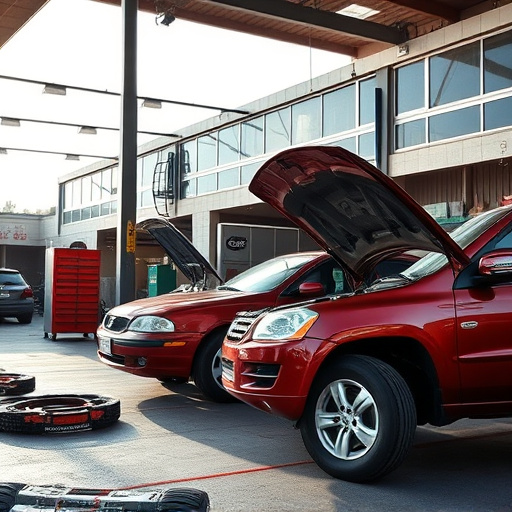
After a steering repair due to an accident, it’s crucial to monitor your vehicle’s components closely for signs of wear and tear. This proactive approach can significantly reduce the risk of future damages. Regularly inspect the repaired steering system, paying attention to any unusual noises or vibrations while driving. Such issues might indicate worn-out parts that require immediate attention.
By staying vigilant, you can catch potential problems early on, preventing more severe collisions and costly repair bills. A visit to a trusted collision repair shop for periodic assessments is advisable. They can perform comprehensive checks, including examining the alignment, suspension, and other related systems, ensuring your vehicle remains safe and reliable on the road. Remember, addressing wear and tear promptly is key to maintaining optimal vehicle performance and safety, especially after a steering repair accident.
Post a steering repair accident, proper preventive maintenance is key to ensuring your vehicle’s safety and longevity. Regularly inspect and assess steering components, keeping an eye out for any signs of wear and tear. Consistent lubrication will promote smooth operation, while proactive monitoring can help prevent future damages. By following these simple yet effective tips, you’ll maintain control on the road and extend the life of your vehicle’s critical steering system.

